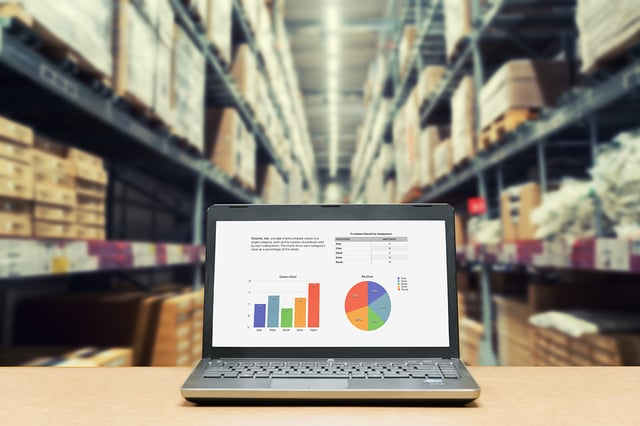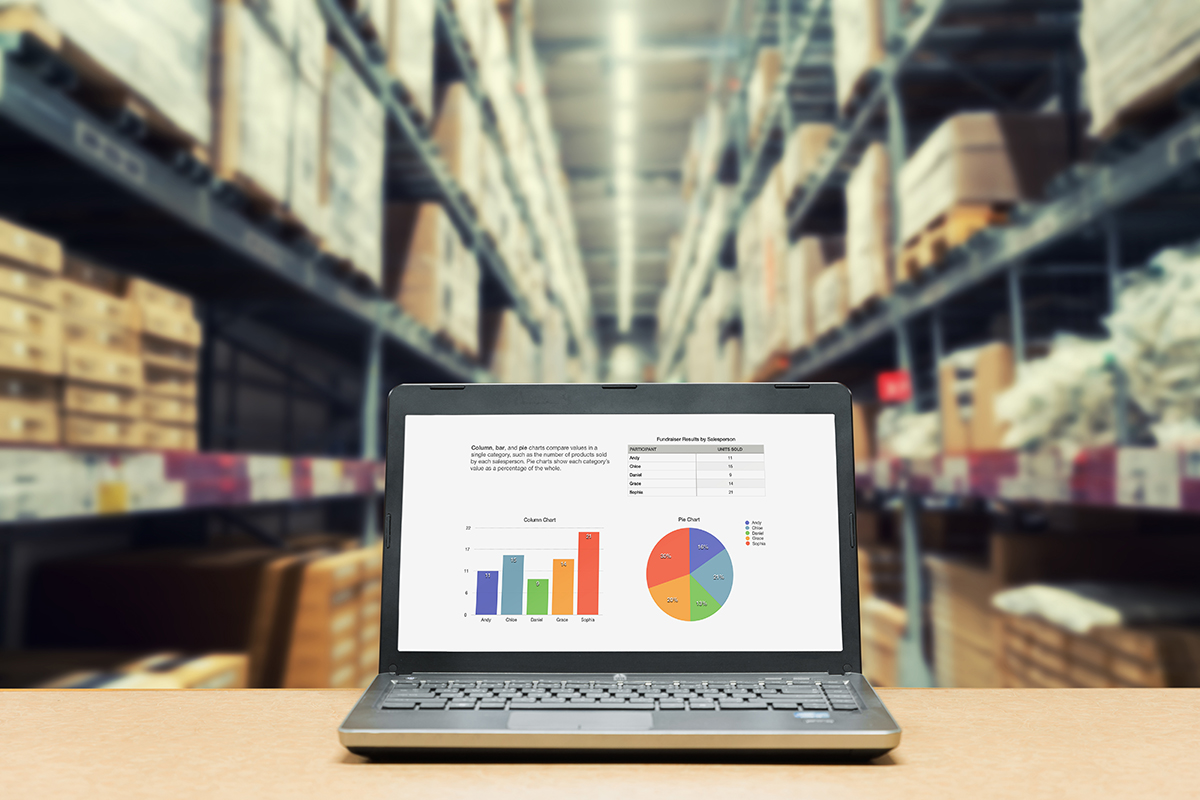How cloud-based WMS software works harder and smarter
In order to be effective a Warehouse Management System (WMS) must be able to adapt to the rapidly changing needs of the market - but all too often the cost of change is prohibitive.
Encouragingly however, as fulfilment enters the 4.0 era, complex paper-based picking plus expensive and clunky warehouse management systems are being consigned to the history books in favor of the latest cloud based and digital technology.

Utilising cloud-based WMS software means every aspect of the process can be automated, streamlined and made intuitive for floor staff and management. And unlike a paper-based system a cloud WMS won’t run out of space for your company’s logistics rules, nor will it lose track of storage locations and SKUs.
What’s more, a best-of-breed Tier 1 system like SnapFulfil has flexibility at its core, isn’t difficult to reconfigure and delivers cutting edge and responsive solutions at a fraction of the cost of traditional installations. Plus it can be up and running within a matter of weeks for almost instant ROI – and this includes the writing of interfaces with any in-house order and carrier management systems.
It is not only intuitive and scalable, it also has the capacity to adapt and evolve with customer service innovations that the top-tier of retailers are repeatedly introducing, such as distributed order management, waveless and priority based order processing and optimal returns processing.
Moreover, it offers enterprise class IT infrastructure and uses rich functionality and real time management software to help retailers optimise inventory, space and labour in the warehouse. Users typically benefit from efficiency and productivity improvements up to 30%, which basically translates into the ability to do more for less with the same resources.
Accuracy, traceability and forecasting are key and the beauty of our software is that's its binary, which ensures that not only are the correct items being received or dispatched, but the proper quantities have been accounted for to the right customer.
Many of our customers have moved from a 3rd party system to cloud-based WMS and tangibly improved their processing, e.g. ecommerce orders that might have taken two-three days to process are now actioned within hours of receipt, giving customers a 24 hour order- to-delivery service.
Regular configurability tweaks aren’t prohibitively expensive either, because their instance of the system can be closely tailored to specific operational and reporting requirements.
Decisions are automated in a way that makes all parts of the process more streamlined and for the goods-in process there’s no need for workers to memorise a labyrinth of locations or a compendium of codes and rules. It allows your labour to scan cases for failsafe identification and validation too and supports default units of measure for receiving. As an added benefit, tying receipts back to purchase orders will allow processes to be completed around over/under/ partial receiving.
A best-of-breed WMS will have the necessary functionality to ensure that your cross-docking operations run like clockwork as well, while structured cycle counting will automatically result in stock and capacity numbers being performed concurrently with other warehousing tasks - ensuring that the auditing process takes place with maximum efficiency and minimum disruption to your operation.
An advanced WMS paired with hand held devices will also tell your staff exactly what to do and where to go, which provides complete certainty on how every item should be handled and stored and instant visibility of your inventory. Optimizing inventory management is the root of efficiency throughout any successful operation – and by prioritising it across all processes you’ll find that errors will drop while productivity (and, ultimately, revenue) begins to rise.
Managing a strong reverse logistics operation also requires a healthy set of technology driven automated procedures and systems that capture and evaluate increasingly important data sets from every step in the process. Data analysis and the associated process improvements ensures that customer satisfaction goals are met, that warehouse workers are performing at the highest levels of efficiency, and that you maintain compliance across the entire supply chain.
Additionally, by automating and recording the QC verification and validation of every order, a modern warehouse management system can significantly boost the speed and accuracy of your packing and shipping processes, without adding labour. Consider also built–in remote monitoring and continuous improvement tools, because the best WMS software will identify trends and allow for automation when it comes to establishing KPIs.
So, the rapid advance of supply chain execution software in just the last five years has allowed warehouse managers to completely rethink their operations from the ground up, particularly when it comes to put-away. Even the most complex process for receiving, tracking and moving goods through the warehouse can be constantly analysed and refined – and this high level of visibility and control is essential to meet the rapidly evolving demands of the modern consumer.
However, before you invest in a WMS, gather a list of problems you’ve found in your specific location, labour and tracking pillars by observing processes – and make sure that any software you implement addresses these issues properly and allows for the all-important close tracking of data.
Does it allow for carrying out all key warehouse processes simultaneously too – goods-in, goods-out, replenishment & auditing – and is it user-friendly for any warehouse operative but at the same time functionally sophisticated?
Only then can you confidently make the automated leap that will allow your growing company to expand warehouse operations efficiently, while handling higher volumes and more complex requirements with ease.



